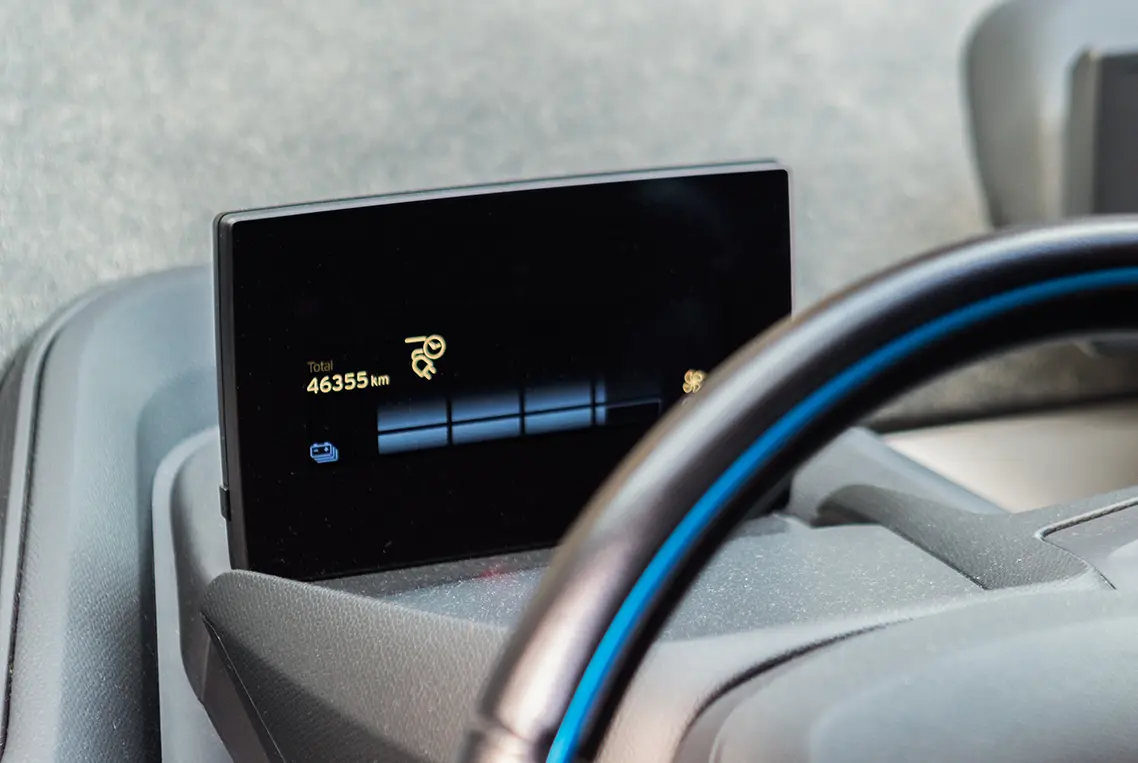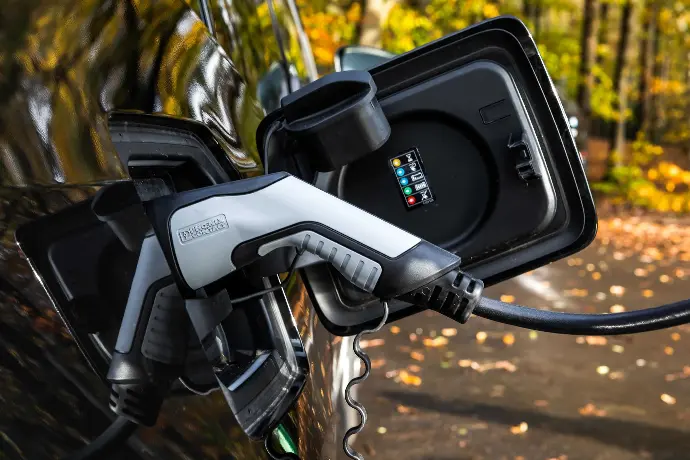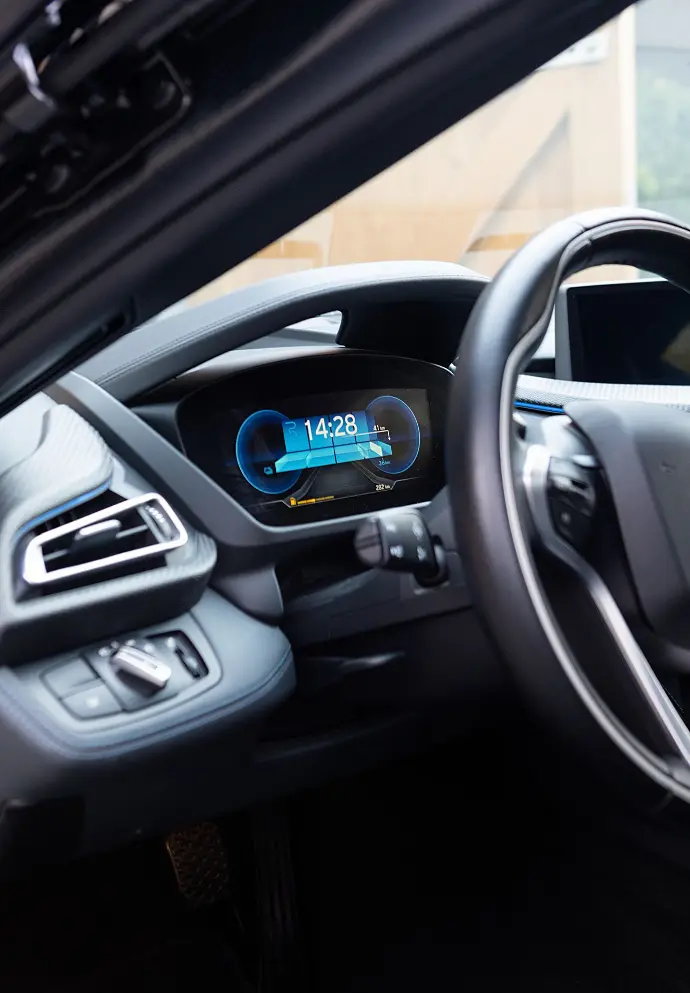Electric or Hybrid?
The market share of electric cars is rising sharply and we are more and more convinced that our next car should be an electric one.
But do you have all the lowdown on all the possibilities? And what exactly is the difference between an electric car and the hybrid and plug-in hybrid variants?
PARALLEL HYBRID
A parallel hybrid is the most common type of hybrid car. The car is powered by a combination of an electric and a petrol engine. During acceleration and at speeds up to 25 km/h only the electric motor is used - this hybrid is therefore ideal in the city. When the speed increases, the petrol engine is switched on. The electric motor is charged as you drive.
- + Charges while driving
- - Low e-driving range
- - Not fiscally attractive
- - Very limited positive contribution to the environment
- - Refueling at filling station
PLUG-IN HYBRID
A plug-in hybrid, or PHEV, has a petrol engine and a battery, just like a hybrid. But apart from recharging the battery as you drive, you can also charge a PHEV at home and on the road. This gives plug-in hybrids a much wider range than parallel hybrid cars.
- + Battery & petrol
- + Charging @home, @the office, in public
-
+ Driving range OK
- - Air pollution when driving on fossil fuel
- - Higher taxation in the (near) future
- - Higher maintenance than EV
100% ELECTRIC
A fully electric vehicle is driven by a large battery coupled to at least one electric motor. No petrol, gas or diesel - no problem! All-electric cars are becoming more and more common and affordable, thanks to significant inroads made in innovation.
- + Zero-emission
- + Best fiscal & ecological choice
- + Longest driving range
- + Charging @home, @the office, in public
- - Slightly higher initial outlay
- - Dependency on charging infrastructure

Financial
Electricity is cheaper than petrol, LPG and diesel
In general, recharging at home is 50% cheaper than driving on fuel. If you often use a public charger, this difference is slightly smaller.
Possibility of driving on self-generated energy
Do you have solar panels or are you considering installing solar panels on your roof? You can also use this energy to recharge your car!
Tax advantage
Fully electric cars are exempted from BPM and ACT at least until 2020.

Ecological
Electric driving is better for the environment. Electric cars do not produce nitrogen oxides and fine dust, and emit less CO2 both during production and while driving. If you also charge them with (self-generated) green electricity, you double your contribution to a healthier planet.
You also avoid noise pollution when driving an electric vehicle.

Technical
Electric cars are much more maintenance-friendly. An average fuel car has 200+ rotating (wear sensitive) parts. An electric car only has 7 rotating parts.
This means the car is far less susceptible to wear and tear.
An electric car also does not need periodic oil or oil filter replacement.
Of course, without oil, fossil fuel and an exhaust, you no longer have any odours or exhaust fumes.

Practical
No waste of time! You can charge your car at home while enjoying time with your family, at the office while doing your job or in public while doing some shopping.
Electric cars have a strong electric motor drive, no gears and the speed/response of electricity.
This ensures that you always pull away quickly from traffic lights, without having to change gears!


